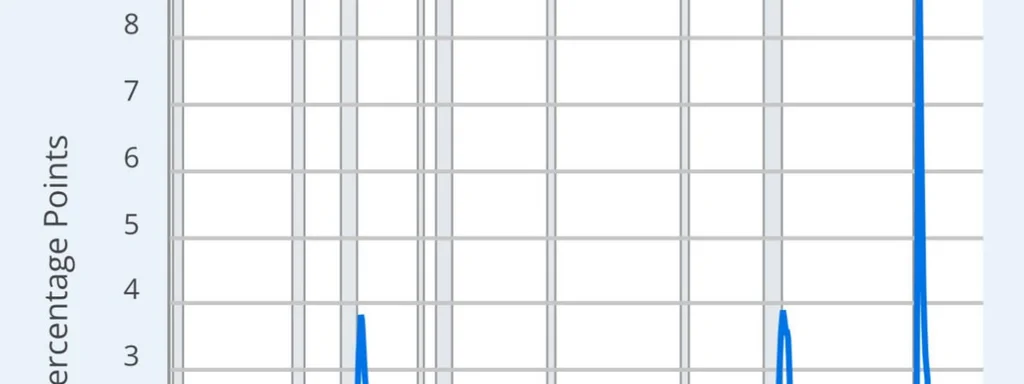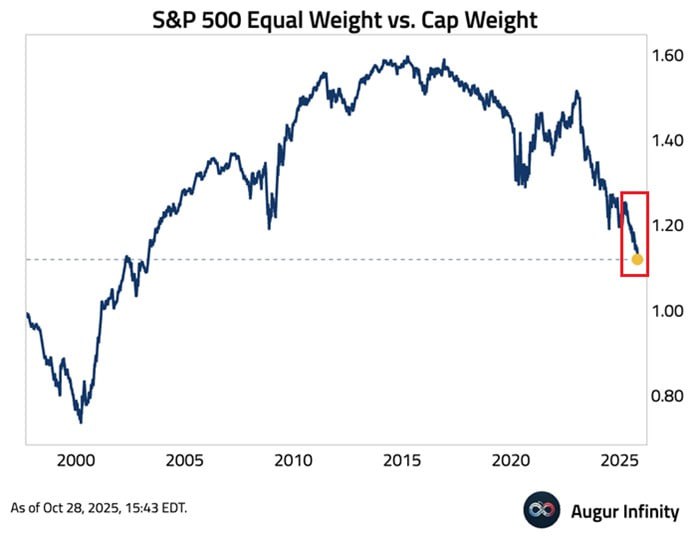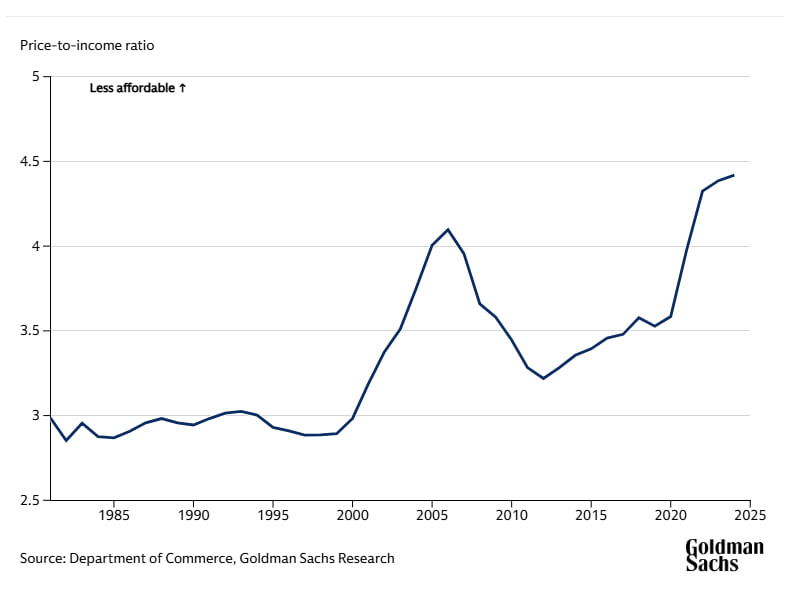The Sahm Rule, a reliable indicator of recession in the U.S., has gained renewed attention as labor market data reveals significant downward revisions. The rule, which signals a recession when the three-month average unemployment rate rises by half a percentage point above its 12-month low, was previously thought to be dormant, but recent adjustments suggest a more fragile economic landscape than previously reported.
In August 2024, the Bureau of Labor Statistics (BLS) revised job figures, removing 818,000 jobs. By February 2025, an additional 589,000 jobs were eliminated, with Treasury Secretary Scott Bessent warning that another 800,000 could be cut. Cumulatively, these revisions indicate that the U.S. labor market has been overstated by approximately 2.3 to 2.4 million jobs since April 2023.
This situation echoes previous instances, such as the significant adjustments made in 2009 during the financial crisis. Historical patterns show that such revisions often occur at economic turning points, indicating that the economy may have been weaker beneath the surface while headline figures suggested strength. As the Sahm Rule remains below the critical threshold, the underlying job counts suggest a potentially higher unemployment rate, which could have indicated a recession if accurately reported.
The implications of these revelations are profound. The Federal Reserve has relied on perceived labor market strength to justify its monetary policy decisions. If recent job losses are accurate, the Fed"s strategy may have been a miscalculation, tightening policy amid underlying economic fragility. As these revisions settle, analysts predict a broader shift in the Fed"s stance by 2026, acknowledging the validity of the Sahm Rule and the reality of the labor market"s weakness.






